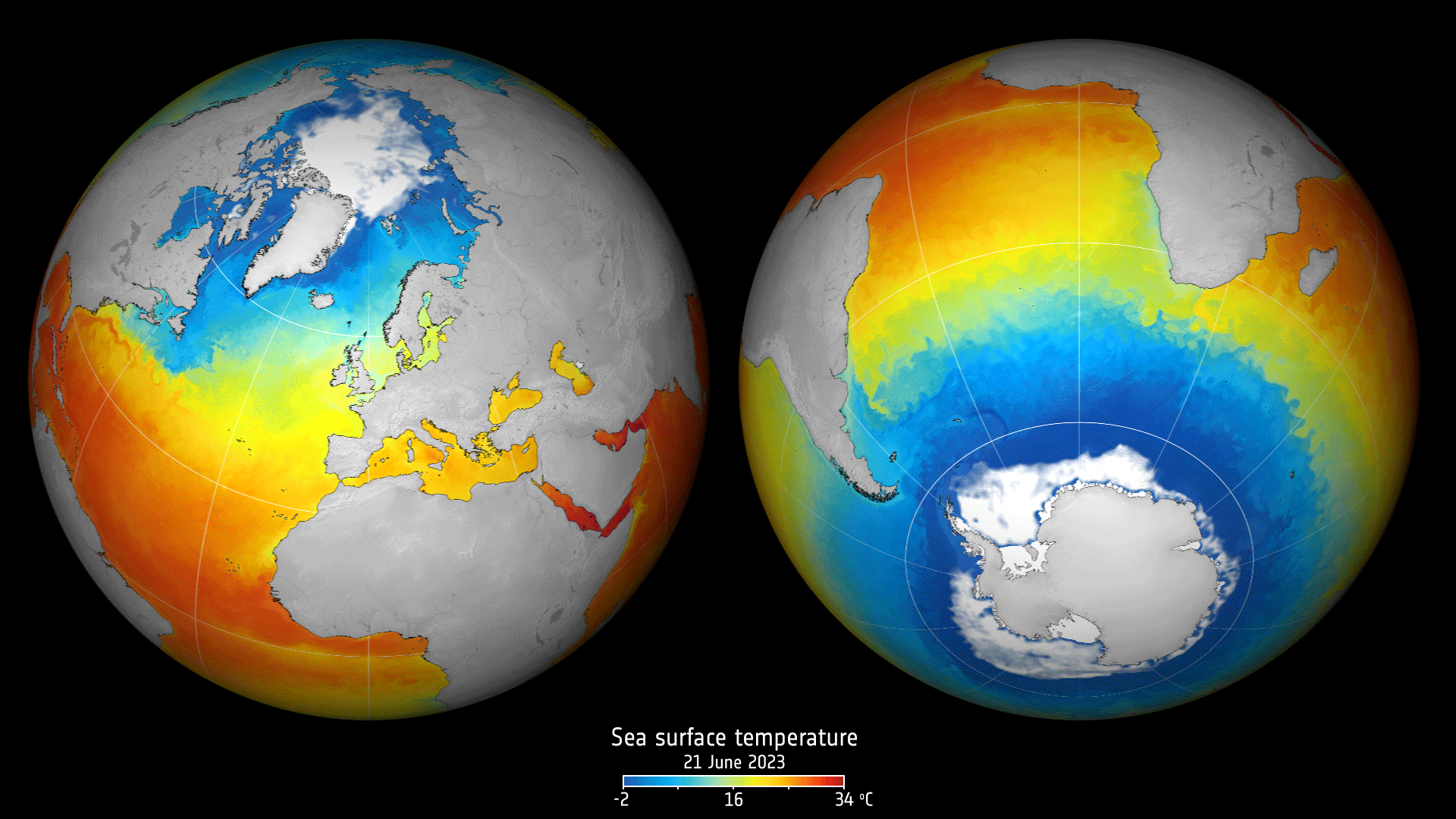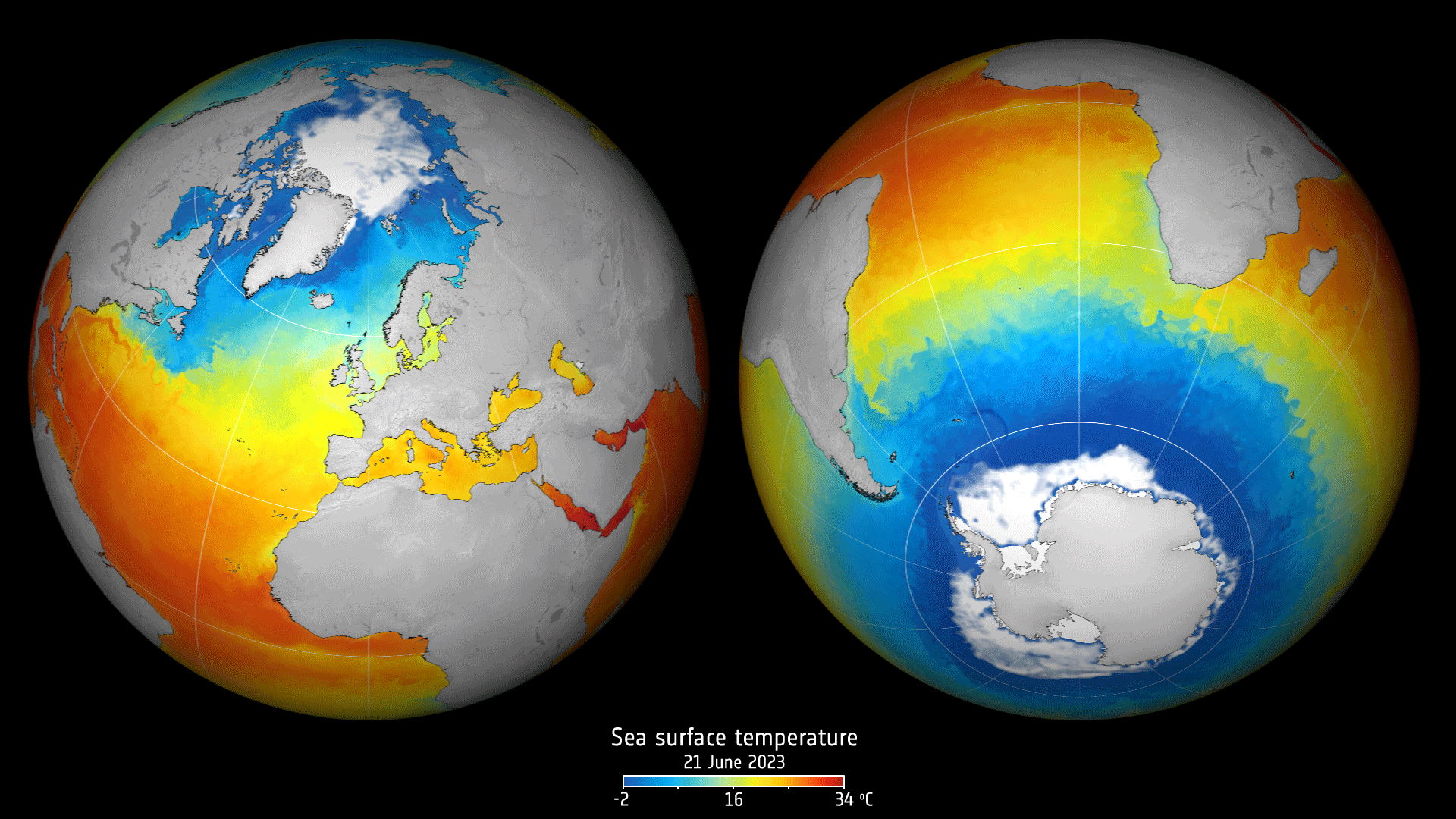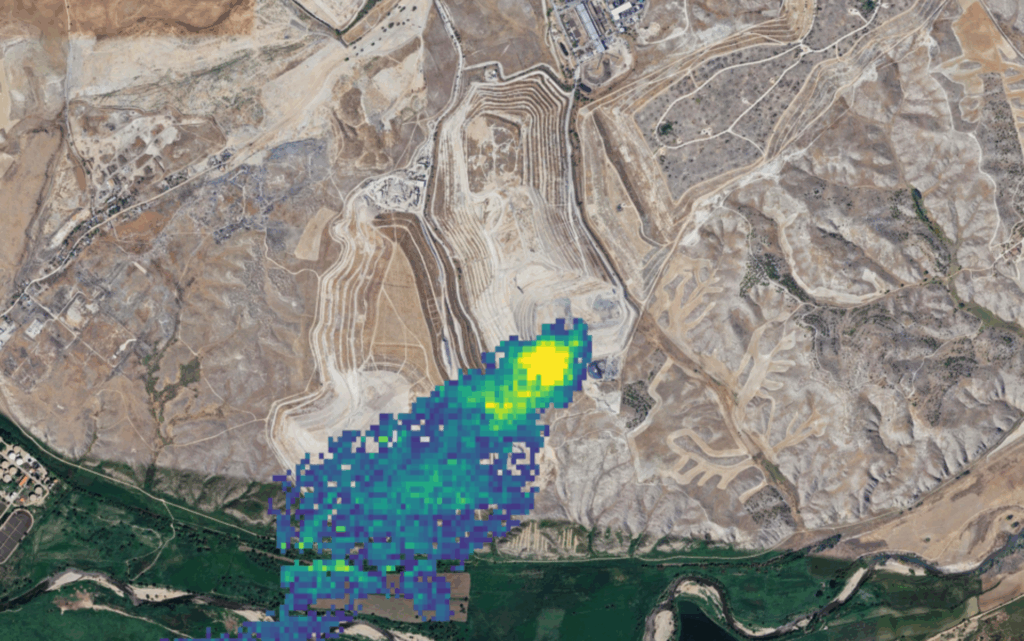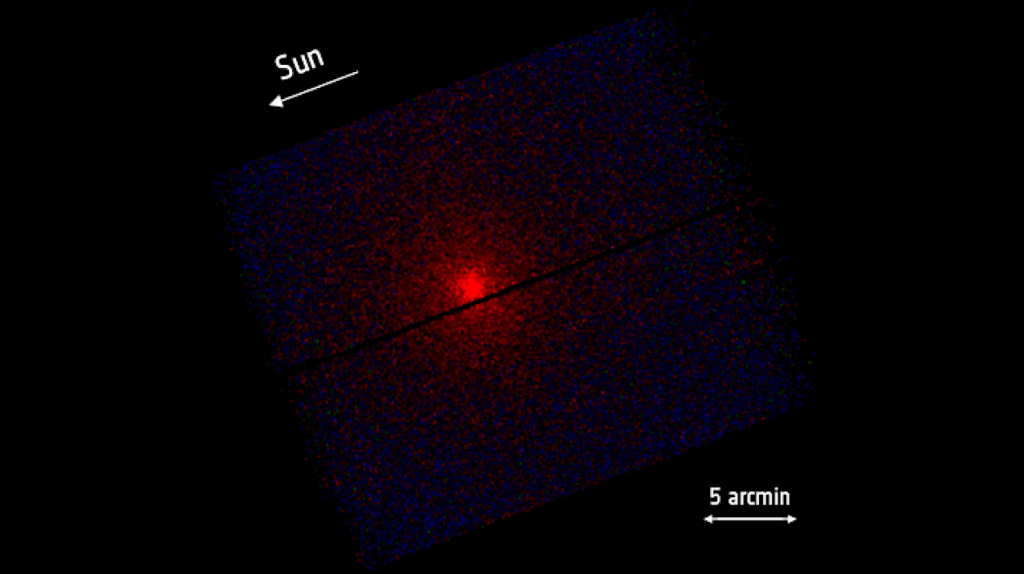Now Reading: Sea surface warming faster than expected
-
01
Sea surface warming faster than expected
Sea surface warming faster than expected


17/04/2025
517 views
13 likes
Satellite observations show that sea-surface temperatures over the past four decades have been getting warmer at an accelerated pace.
Between 1985 and 1989, a warming of 0.06 C per decade was observed, while from 2019 to 2023, the sea-surface temperature rose by 0.27 C per decade. This suggests that sea surface temperatures are rising 4.5 times faster since 2019 than they were at the end of the 1980s.
The study calculated monthly global mean sea-surface temperature using global satellite data records generated through ESA’s Climate Change Initiative (CCI). The dataset used observations from 20 infrared radiometers on board satellites including ESA’s ERS-1, ERS-2, Envisat, Copernicus Sentinel-3 and two microwave radiometers from 1980 to 2023 to provide a globally accurate temperature trend.
The unprecedented warming was the finding of a study published in the journal Environmental Research Letters. The study attributes the rising sea surface temperature to increasing levels of greenhouse gases in the atmosphere. Lead author of the study, Chris Merchant, from Reading University, UK, explained that greenhouse gases trap heat in our atmosphere, resulting in an imbalance in the energy received by our planet from the Sun, and the energy radiated back out to space, resulting in an excess energy imbalance. He said, “This energy imbalance drives climate change. Given the accelerations in ocean warming and evolving climate dynamics, we need ongoing monitoring and data improvements to ensure our climate models can accurately reflect future temperature increases.”
The study analyses various factors that influence the warming of the oceans, from weather phenomena such as El Niño, to volcanic eruptions. It found these phenomena cause short-term fluctuations in sea-surface temperatures but do not significantly interrupt the long-term warming trend.
Owen Embury, co-author and scientific leader of the ESA-CCI sea-surface temperature project, which contributed the long-term data set, said, “Our study clearly identifies the increasing accumulation of planetary energy as the dominant driver of long-term sea surface warming, while short-term variations from El Niño, volcanic activity and solar changes add variability but do not alter the overall accelerating trend.”
The results of the current study will contribute to ESA’s science exploitation project, MOTECUSOMA which is investigating Earth’s energy imbalance and its impact on climate change. Owen added, “Addressing these challenges requires accurate climate projections – increasing ocean heat uptake intensifies extreme weather events, disrupts ecosystems and accelerates sea level rise, making continued observation and model refinement essential.”
The SST data record is available from the ESA CCI data portal. Versions formatted to support global climate modelling efforts are available via Obs4MIPs framework.
Stay Informed With the Latest & Most Important News
Previous Post
Next Post
Previous Post
Next Post
-
 012024 in Review: Highlights from NASA in Silicon Valley
012024 in Review: Highlights from NASA in Silicon Valley -
 02Panasonic Leica Summilux DG 15mm f/1.7 ASPH review
02Panasonic Leica Summilux DG 15mm f/1.7 ASPH review -
 03From Polymerization-Enabled Folding and Assembly to Chemical Evolution: Key Processes for Emergence of Functional Polymers in the Origin of Life
03From Polymerization-Enabled Folding and Assembly to Chemical Evolution: Key Processes for Emergence of Functional Polymers in the Origin of Life -
 04How New NASA, India Earth Satellite NISAR Will See Earth
04How New NASA, India Earth Satellite NISAR Will See Earth -
 05And Thus Begins A New Year For Life On Earth
05And Thus Begins A New Year For Life On Earth -
 06Astronomy Activation Ambassadors: A New Era
06Astronomy Activation Ambassadors: A New Era -
07SpaceX launch surge helps set new global launch record in 2024




















